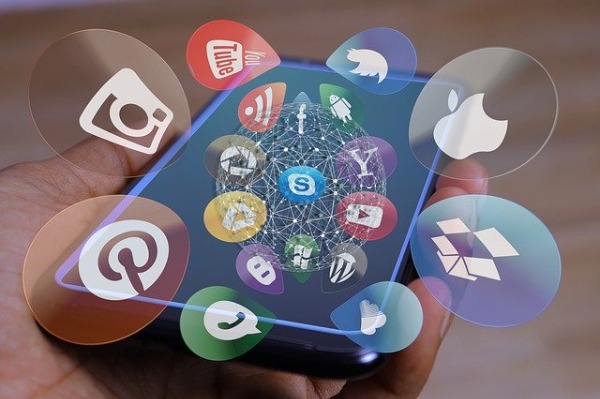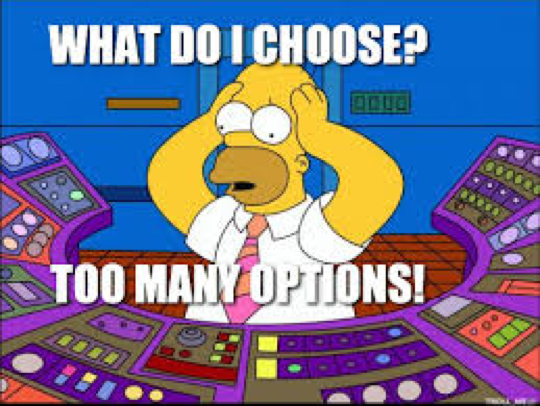Social Listening in Higher Education
 Social listening (or social media monitoring) is paying attention to your brand's social media channels for:
Social listening (or social media monitoring) is paying attention to your brand's social media channels for:
- customer feedback
- direct mentions of your brand
- discussions regarding specific keywords, topics
- those same things in your competitors and industry
For higher education institutions, not doing social listening is the equivalent of not listening to students (both potential and active), faculty and staff comments about your school. Some people refer to this as "conversational research" because it is kind of like listening in on other people's conversations about you - which in real life is hard to resist.
Of course, monitoring alone isn't of much value if it is not followed by an analysis to gain insights that you can act on. Though a starting place can be a simple "vanity search" on the name of your school, most colleges are using social listening tools that can filter the data into more granular grouping conversations. That could be geographical locations, online channels (Twitter, Facebook, blogs, forums, etc.), positivity, recency, language, and by specific groups based on sex, age and many other demographics.
Social listening is also a more advanced form of market research that can identify opportunities for courses, majors and new content creation or the amplification of existing content. For example, comparing the top topics from social listening results to the top topics from a content audit can aid marketers in identifying opportunities to create content that will resonate with their audience.
The search function on networks like Instagram allows for hashtags, so my university would monitor #NJIT, but would also follow #highered #engineering #architecture #STEM and other tags.
It is estimated that there are about 80 million online sources for mentions. Higher education conversations occur in places like news articles, review sites, Reddit, all the big social networks and also higher ed focused sites like College Confidential which is self-described as "The World's Largest College Forum."
Social listening data about peer institutions is "competitive intelligence" and considered to be "brand benchmarking." It is important for admissions marketing, but also for reputation management. This becomes critical such as when there is a campus crisis that requires an instantaneous response.

